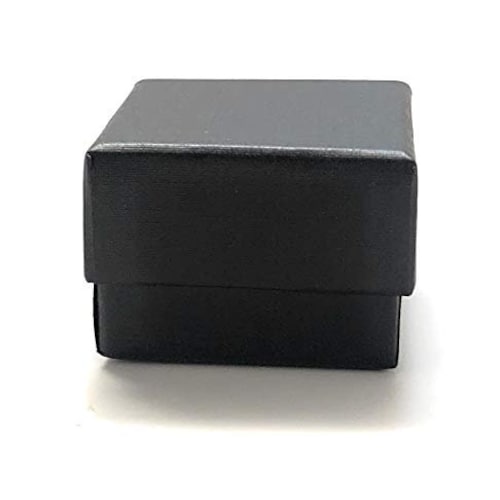Enamel Pin and Lapel Pin are a great way to show off your interest. A lot of People Collect Pins Badges and Custom Pins. We have a great selection of Retro Pins, acrylic Pins and one piece enamel pin. Lapel Pins are very popular for Weddings and other events. Enamel Pin Sets are so fun to collect make sure to check out our whole store.
Approximately 3/4" x 1/2" in diameter
Rhodium Plated Base Metal
Silver Rhodium Plated
Hand Crafted by Artisan in the USA
Rhodium Plated Silver Butterfly Backing
A lapel pin, also known as an enamel pin, is a small pin worn on clothing, often on the lapel of a jacket, attached to a bag, or displayed on a piece of fabric. Lapel pins can be ornamental or can indicate the wearer's affiliation with an organization or cause. Before the popularity of wearing lapel pins, boutonnières were worn.
An ankh
The ankh or key of life is an ancient Egyptian hieroglyphic symbol that was most commonly used in writing and in Egyptian art to represent the word for "life" and, by extension, as a symbol of life itself.
The ankh has a cross shape but with a teardrop-shaped loop in place of an upper retailer bar. The origins of the symbol are not known, although many hypotheses have been proposed. It was used in writing as a triliteral sign, representing a sequence of three consonants, Ꜥ-n-ḫ. This sequence was found in several Egyptian words, including the words meaning "mirror", "floral bouquet", and "life". In art the symbol often appeared as a physical object representing either life or substances such as air or water that are related to it. It was especially commonly held in the hands of ancient Egyptian deities, or being given by them to the pharaoh, to represent their power to sustain life and to revive human souls in the afterlife.
Product code: Egyptian Ankh Symbol Lapel Pin Silver Enamel retailer Pin Great Rulers of Egypt Pharaoh Tie Tack Pin Signifying Life




